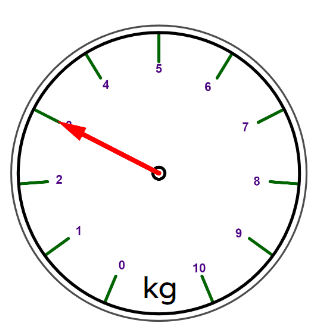Convert from larger to smaller units of measure
I can apply known unit conversions to convert from larger to smaller units of measure.
Convert from larger to smaller units of measure
I can apply known unit conversions to convert from larger to smaller units of measure.
These resources will be removed by end of Summer Term 2025.
Lesson details
Key learning points
- 1 m = 1000 mm
- 1 kg = 1,000 g
- 1 l = 1,000 ml
- 1 km = 1,000 m
Keywords
Equivalent - When two or more things have the same value.
Convert - To change a value or expression from one form to another.
Common misconception
Some pupils may see the prefix 'milli' and think it is related to 'million'.
Part of the lesson focuses on the etymology of the words and the fact that the prefix 'milli' means 'thousandth'; a millimetre is a thousandth of a litre and a millilitre is one thousandth of a litre. Consider displaying this in your environment.
To help you plan your year 5 maths lesson on: Convert from larger to smaller units of measure, download all teaching resources for free and adapt to suit your pupils' needs...
To help you plan your year 5 maths lesson on: Convert from larger to smaller units of measure, download all teaching resources for free and adapt to suit your pupils' needs.
The starter quiz will activate and check your pupils' prior knowledge, with versions available both with and without answers in PDF format.
We use learning cycles to break down learning into key concepts or ideas linked to the learning outcome. Each learning cycle features explanations with checks for understanding and practice tasks with feedback. All of this is found in our slide decks, ready for you to download and edit. The practice tasks are also available as printable worksheets and some lessons have additional materials with extra material you might need for teaching the lesson.
The assessment exit quiz will test your pupils' understanding of the key learning points.
Our video is a tool for planning, showing how other teachers might teach the lesson, offering helpful tips, modelled explanations and inspiration for your own delivery in the classroom. Plus, you can set it as homework or revision for pupils and keep their learning on track by sharing an online pupil version of this lesson.
Explore more key stage 2 maths lessons from the Converting units unit, dive into the full secondary maths curriculum, or learn more about lesson planning.

Licence
Starter quiz
6 Questions

Exit quiz
6 Questions






